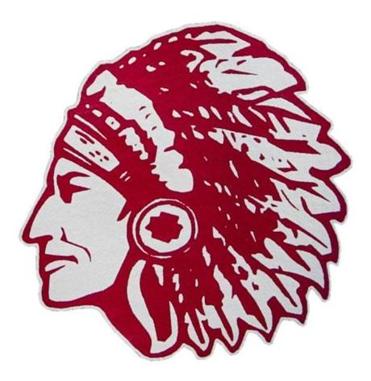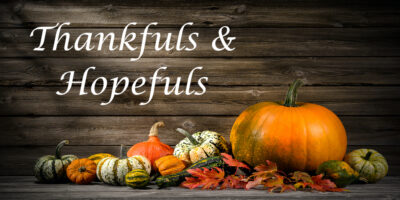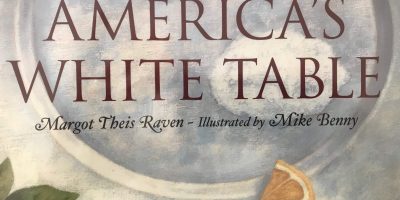Presidents, pundits, and pot weren’t the only things Americans were debating last Tuesday.
In our little corner of the electorate, the town school committee is weighing whether to change the name of the high school mascot: the Indians.
The question has been around for a while, and we’re not the first to ponder it.
Way back in the early 1970s, Stanford University and Dartmouth dropped their “Indians” logos for the Cardinal (the color, not the bird) and the Big Green (inspired by the Dartmouth Green in the center of campus).
More recently and closer to home, the University of Massachusetts Lowell Chiefs swapped headdresses for tail feathers back in 1994 and became the River Hawks; and Merrimack College kept their “Warriors” name, but removed all Native American images associated with their sports teams.
Of course, that still leaves us watching and rooting for the Kansas City Chiefs, Atlanta Braves, Cleveland Indians, and Washington Redskins.
Free expression and a free market are valuable—and they can lead to some surprising outcomes. Because of our many freedoms, America can be a confusing and contradictory place sometimes, and it’s not always easy to know the right thing to do.
So to help decide what that right thing should be for our town’s high school, the superintendent formed a committee to study the situation and make recommendations.
There are twelve people on the Mascot Committee, including teachers, staff, parents, community members, and students. And one of those students, Big Sis T, thinks the answer is pretty simple: that Indian logo’s gotta go.
At first, she wasn’t even sure why a committee was needed: Isn’t it obvious, she wondered, that using an “Indian” as a school mascot is offensive and wrong? After all, our country has a history of mistreating indigenous people (who anyway, she pointed out, should be called Native Americans and not Indians), and using a cartoony picture of one of them going into “battle” on a football field, baseball diamond, or tennis court is awfully 20th (or even 19th) century of us.
As you may have guessed, Big Sis’ political bent is decidedly liberal. She is a member of the Genders and Sexualities Alliance Club at her high school, thinks that wealth and prosperity should be shared as broadly as possible, and wore a Rosie the Riveter costume for Halloween this year.
And now, suddenly, her sixteen-year-old optimism and idealism is confronted with a world that seems to think quite differently.
On Election Day, Big Sis and other members of the mascot committee stood outside our town’s polling place, asking voters one simple question as they headed back to their cars: “Do you think the high school should change its mascot from the Indians to something else?”
When she started canvassing just after breakfast, Big Sis was expecting an overwhelming number of her fellow citizens to pipe up and vigorously agree that of course the mascot needed to be changed.
By mid-morning she reported that a surprising number of people actually liked the Indians logo; and by lunchtime, when the tally was running three to one for keeping the old, familiar, and, to T’s way of seeing it, grossly offensive mascot, she was equal parts confused, saddened, distressed, and angry.
On the way home, we talked about people, politics, Democracy in America, and some lessons from the day:
Facts may be important, but feelings win elections.
Group identity, whether a school, a sports team, or a political party, is a powerful force, and hard to change—even when the reasons for change may seem clear.
We all walk around according to what we expect to see, and as a result, we look for information and others who agree with our beliefs, and tend to miss or ignore those who don’t.
Where you sit often determines where you stand. If generations of your family rooted for the Indians, your dad coached a few teams along the way, and you have a closet full of shirts and jackets with logos on them, you’re probably an Indian all the way. On the other hand, if you moved to town a couple years ago, and your kids are grown and off on their own, you probably didn’t even know what the mascot was—and may have been surprised and mildly bothered by it when you found out.
You can’t (always) judge a book by its cover. A few hours into her shift, Big Sis explained, she could usually tell which side someone was going to be on by their appearance and mannerisms as they walked out the door. But every once in a while someone surprised her, like the old man in overalls and an American flag cap who, after having the question repeated to him a couple times, snapped, “It’s 2016—change it!” or the young woman in Bear Paw boots and a flannel shirt with an “I’m with HER” button who casually asked, “What’s wrong with the Indians? Sounds good to me.”
Big Sis, like many others, was discouraged by what she experienced on Election Day. It’s been pretty hard for her to wrap her head around the idea that so many people can think and act so very differently, for what seem to be the wrong reasons. She is struggling to believe that the town she lives in today is the same one she has grown up in, and has learned to love.
But she is also sixteen years old.
She is incredibly smart.
She is compassionate, and cares deeply about other people.
She is paying attention.
And she is participating.
She is going back to the Mascot Committee next week, and all the weeks after that—because she knows she is the future, and she intends to make a difference.
If not today, then tomorrow.






